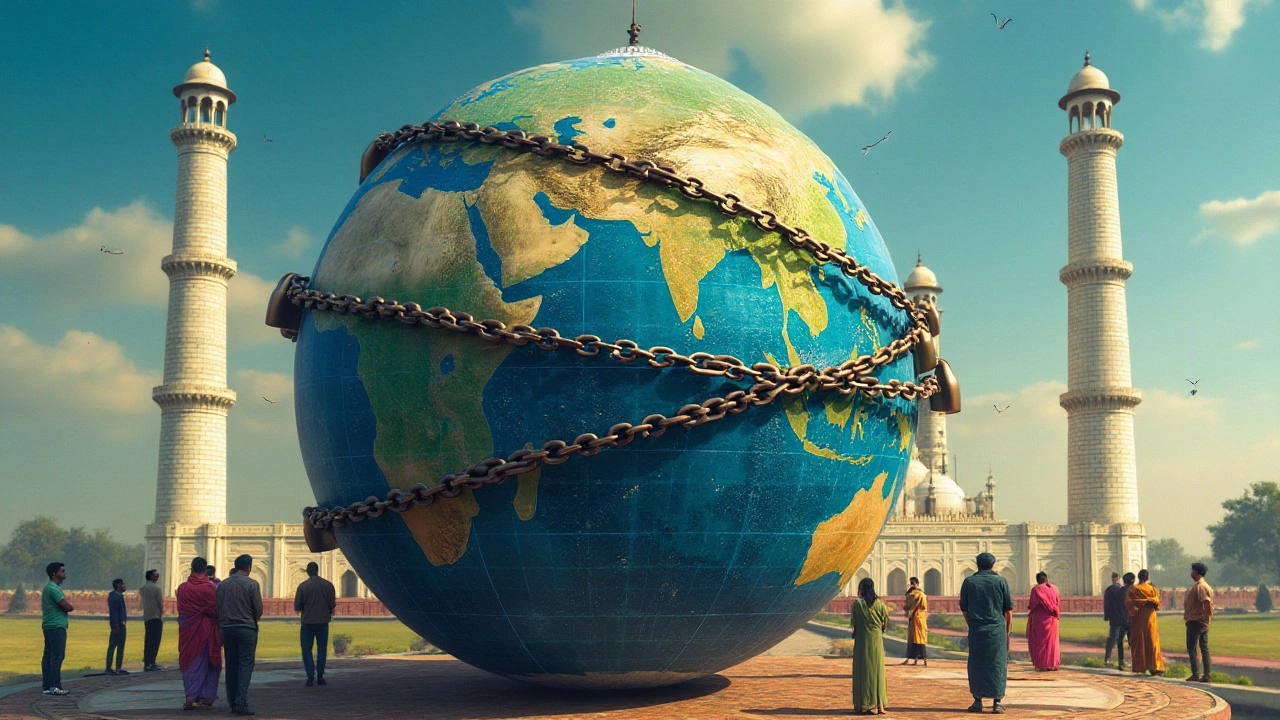Website Restrictions: What They Are and How They Affect You
Ever tried to open a site and got a “blocked” message? That’s a website restriction in action. Whether it’s a pop‑up saying the content isn’t available in your country or a login screen that asks for age verification, these limits shape what you can see and do online.
Why Sites Put Up Restrictions
Most sites add restrictions for legal or business reasons. Some common drivers include:
- Geographic blocks: A video platform may hide certain movies abroad because of licensing deals.
- Age gates: Alcohol or gaming sites often require you to confirm you’re old enough.
- Content policies: Social networks filter out hate speech, nudity, or copyrighted material to avoid penalties.
- Government rules: Countries can order ISPs to block sites that discuss politics or religion.
For creators, restrictions protect revenue and keep them from legal trouble. For users, they’re meant to keep the internet safer, but they can also feel frustrating.
How to Deal With Common Restrictions
If you run into a block, here are a few practical moves:
- Use a VPN: A virtual private network masks your real location, letting you appear in a region where the content is allowed.
- Try a different browser or incognito mode: Some sites store cookies that remember your age verification. A fresh session can reset that check.
- Check the site’s help page: Often there’s a FAQ that explains why the block happened and what you can do.
- Contact support: If you think the restriction is a mistake, a quick email can clear it up.
Remember, bypassing legal blocks can be risky. Only use tools like VPNs for legitimate purposes and respect local laws.
For site owners, keeping restrictions clear and user‑friendly is key. Simple language on block pages, easy ways to verify age, and transparent explanations of geo‑limits reduce bounce rates and improve trust.
Bottom line: website restrictions are everywhere, from streaming services to news sites. They exist for legal, commercial, and safety reasons, but they don’t have to be a dead end. Knowing why they’re there and how to work around them makes your browsing smoother and keeps you on the right side of the rules.
- Arjun Bhardwaj
- 14-01-25
- Website Hosting
Understanding India's Blocked Domains: A Comprehensive Guide
Explore the reasons behind domain blocking in India, the types of content typically restricted, and how these measures affect users and website hosting services. With ongoing changes in regulations, it's crucial for businesses and users to stay informed. This article delves into the implications of blocked domains and offers insights on navigating online constraints effectively.
Details